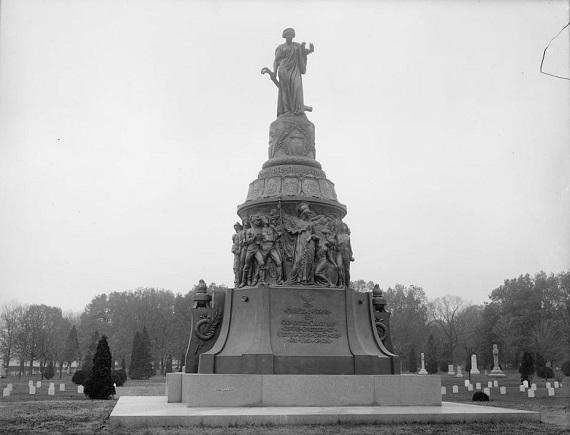
The Ten Commandments of the Old Testament (Exodus 20:2-17) are the creed of both Christians and Jews, but the Second Commandment posed a special dilemma for Jews in relation to the arts. This admonition states in part that no one shall make for themselves any . . . “carved image or any likeness of anything that is in heaven above or that is in the earth beneath, or that is in the water under the earth.“ By the Middle Ages, representations of human and animal forms on a plane surface, such as illustrations in a book, were generally condoned, but the making of three dimensional figures was still considered heretical.
Over the ensuing centuries, the Jewish attitude in regard to statues and other carved images began to become a bit more relaxed, particularly after the onset of Reform Judaism in Germany during the late Eighteenth Century. It was still not until the Nineteenth Century, however, that Jewish sculptors began to make their appearance in the world of art, with the first to gain widespread recognition in America being a Virginian whose works include the Confederate Monument at the National Cemetery in Arlington, Moses Jacob Ezekiel, who was born Richmond on October 28, 1844.
More @ The Abbeville Institute

No comments:
Post a Comment